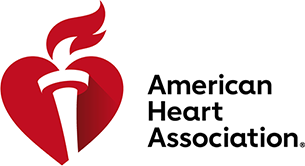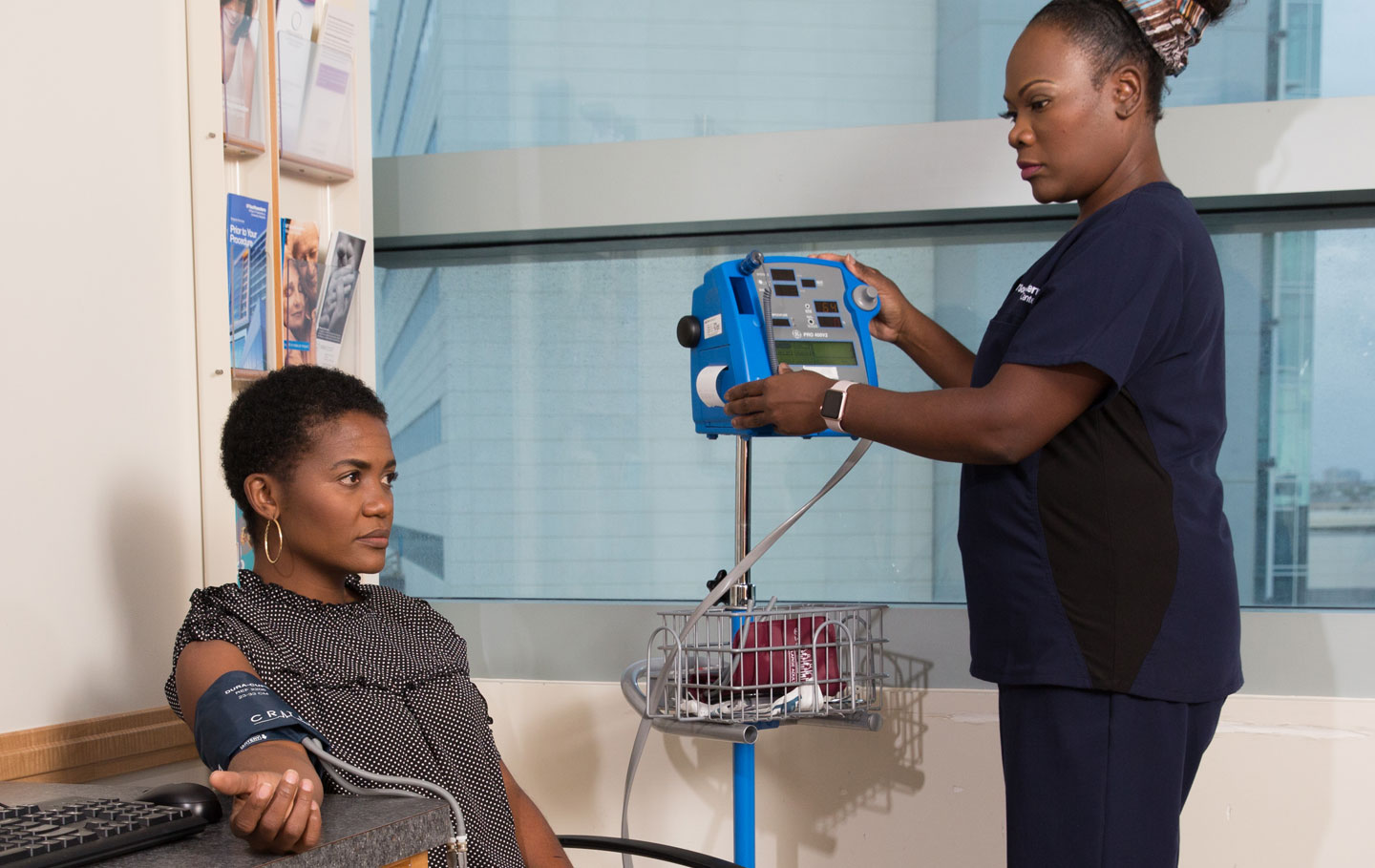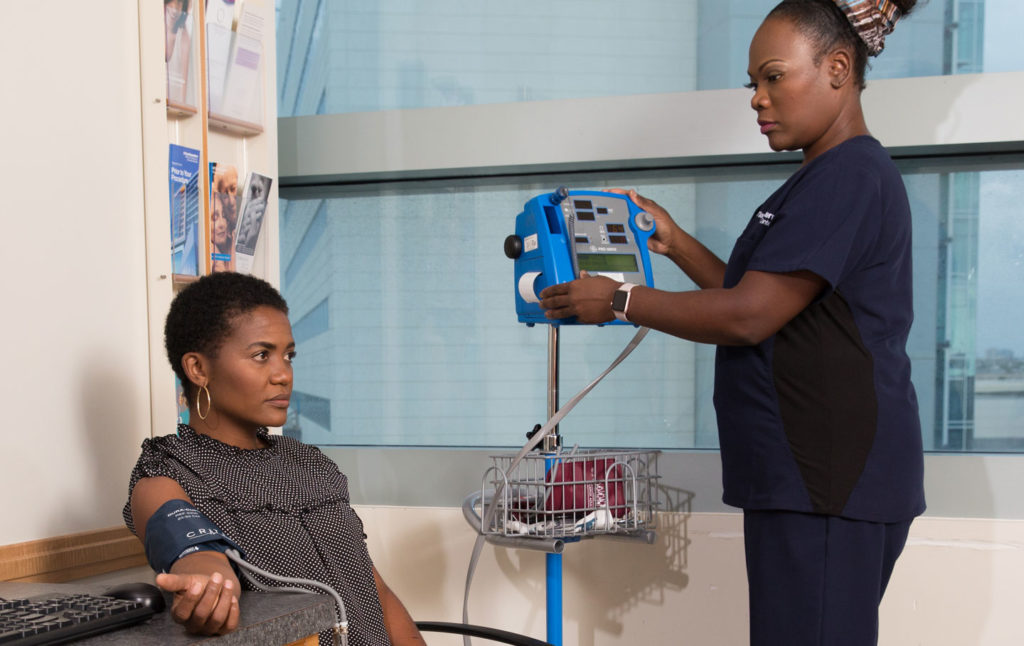Accurate measurement of BP is essential both to estimating CVD risk and to guiding management of high BP. Avoiding common errors can lead to correct diagnoses and speed time to treatment, improving BP control rates.
Statistically, this means more Americans will have high blood pressure. That doesn’t mean they face dramatic new risks or need to immediately start taking medication, but it is an opportunity to prevent problems by gaining awareness and taking action earlier.
New In-Office BP Thresholds Will Have an Impact on How You Diagnose
| BP Category | SBP | DBP | |
|---|---|---|---|
| Normal | <120 mm Hg | and | <80 mm Hg |
| Elevated | 120-129 mm Hg | and | <80 mm Hg |
| Stage 1 Hypertension | 130-139 mm Hg | or | 80-89 mm Hg |
| Stage 2 Hypertension | ≥140 mm Hg | or | ≥90 mm Hg |
Statistically, this means more Americans will have high blood pressure. That doesn’t mean they face dramatic new risks or need to immediately start taking medication, but it is an opportunity to prevent problems by gaining awareness and taking action earlier.
“Over 50 percent of deaths from heart disease and stroke occurred among individuals with high blood pressure.
To Eliminate Inaccurate Readings, Position Your Patient Properly
Common positioning problems can lead to inaccurate BP measurement can have a serious impact on the numbers you use to diagnose and determine treatment. These evidence-based tips can help ensure correct positioning in the clinical setting:
| Patient Has… | Reading May Be Off By…* | Adjustment to Make |
|---|---|---|
| Crossed legs | 2-8 mm Hg | Ask patient to uncross legs |
| Cuff over clothing | 5-50 mm Hg | Place cuff over bare arm |
| Cuff too small | 2-10 mm Hg | Ensure cuff fits properly. If an upper arm cuff does not fit the patient due to arm size, use a wrist cuff |
| Full bladder | 10 mm Hg | Suggest patient use restroom |
| Talking or active listening | 10 mm Hg | Ask for silence and stillness before beginning the measurement and to the last duration of measurement |
| Unsupported arm | 10 mm Hg | Position patient with arm supported, cuff at heart level |
| Unsupported back/feet | 6 mm Hg | Make sure patient is not on the exam table, but seated in a chair with back supported, feet flat on the ground or on a footstool |
*These values are not cumulative
Accurate BP Measurement Matters
Learn more about the Achieving Accuracy: BP Measurement e-module that provides re-training on proper BP measurement techniques for medical professionals.
Practice Assessment: How Well Do You Measure?
Do you…
Taking Accurate BP Measurements is a Critical First Step
To align with evidence-based protocols, always take care to:
Featured Resources
Use these resources to follow current best practices and improve outcomes.
Measure Accurately Quick Start Guide
To help you measure BP accurately, use this resource to understand what tools are available to you for the three key phases to make impactful change.
Accurate BP Measurement Matters
E-module that provides re-training on proper BP measurement techniques for medical professionals.
Identify Positioning Errors
There’s a more accurate way to measure a patient’s BP. Can you identify the common errors?
Measuring BP
See the critical steps for measuring BP accurately—and the potential impact of mismeasurement.
Technique Quick-Check
Help ensure that everyone in your practice takes BP readings the right way—and the same way—every time.



